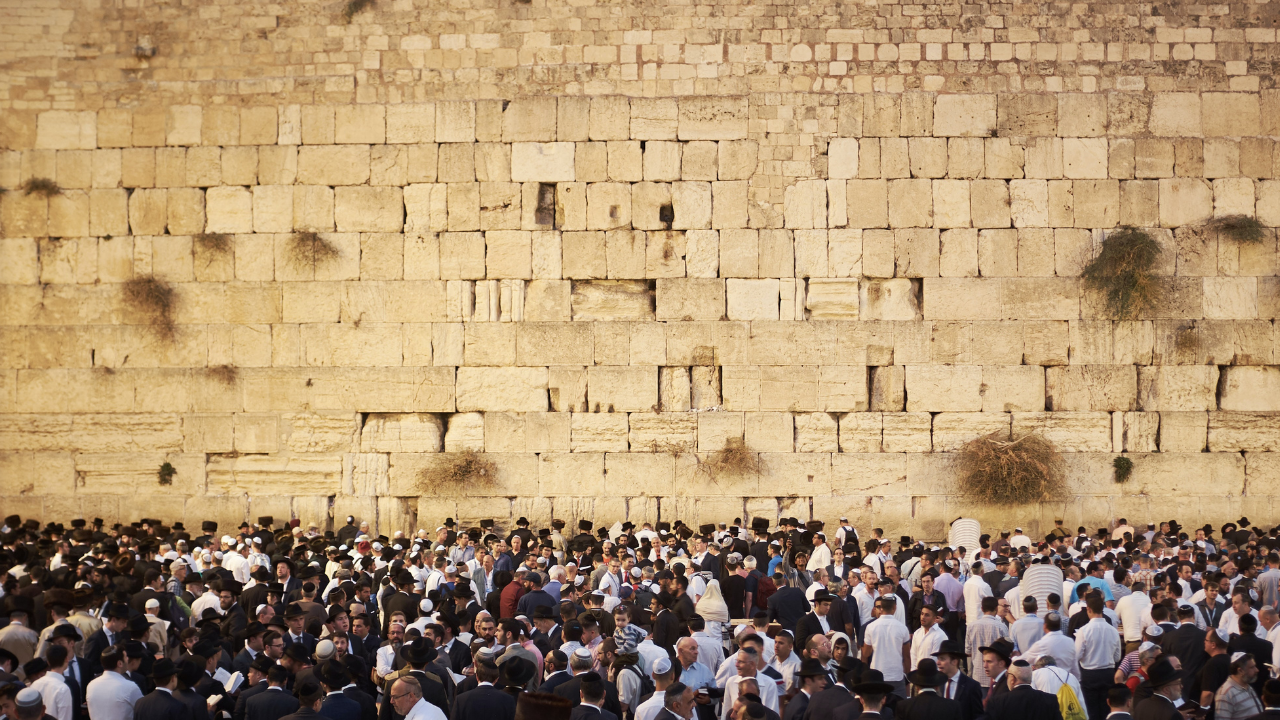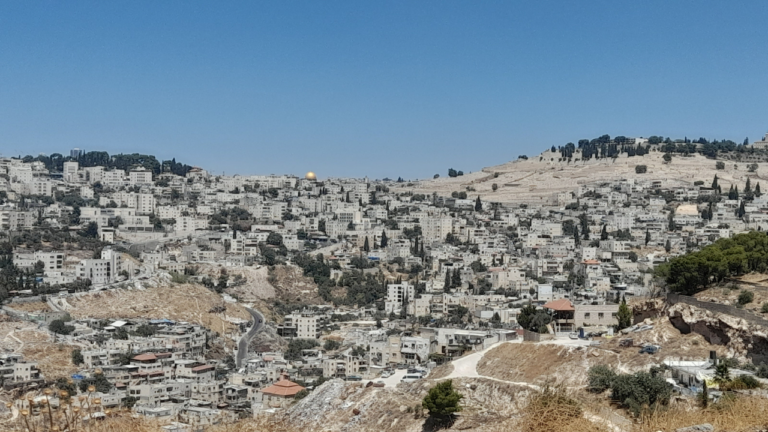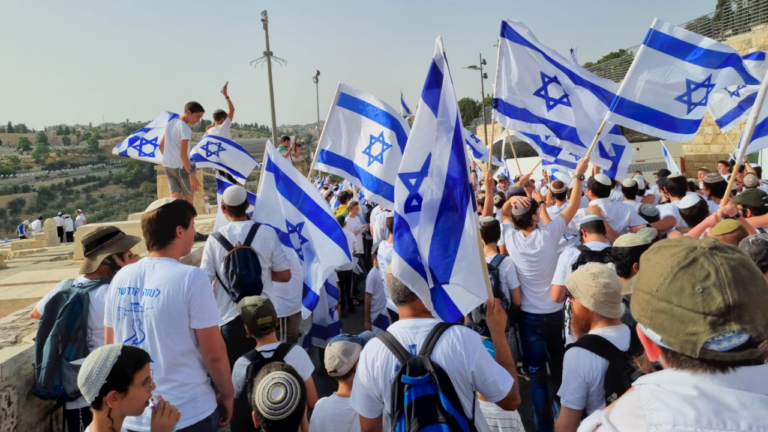The Goals Of Jerusalem
Psychologists, management experts and professionals in a range of other fields highlight the importance of setting goals. Without clear and defined goals, a person can work very hard at a given task but not feel like they are achieving anything since they do not even know precisely what they are trying to accomplish.
These goals come in two general forms: long-goals and short-term goals. For a business, the long-term goal can be the ideal vision of the company, something that is idealistic and aspirational. However, it can also seem to be far-off. While one can be very passionate about this vision, the enormity of the gap between the current reality and this vision can be overwhelming and cause a person to give up.
Therefore, psychologists and management experts recommend that a person break down this long-term vision into smaller and more manageable tasks and set short term goals. This way, every day one can work on a specific task and yet have these small tasks as part of the grand story of the person or the company towards the realization of the long-term goal.
The danger in this approach, though, is that a person might become submerged in the short-term goals and the ultimate vision will fade from his consciousness. This can cause a person to make strategic mistakes and get distracted by things that seem important in the short-run but are actually not in line with the business’s ultimate vision.
One perspective on Tisha B’Av is that it is can be a corrective to this problem. As Jews, our ultimate goal is clear. We want the Beit HaMikdash to be rebuilt in Yerushalayim and for God’s presence to reside in it once again. We want to have prophets live amongst us. We want to have Mashiach living in a rebuilt Yerushalayim who will lead the world to greater peace, harmony and spirituality. Much of what we do on a daily basis is to try to work towards these goals.
But how many times a day do we think about what a Beit HaMikdash would look like and feel like? About what we are missing in our current reality where Yerushalayim to many people is unfortunately just another ancient city as opposed to the throne of God in our world? Due to the myriads of important short-term tasks and goals we might lose sight of the big picture.
Tisha B’Av is a time to recalibrate. We read about the beauty of Yerushalayim in its glory days and its downfall and destruction. We read about the Divine Presence and the Jewish people leaving Yerushalayim. And then during the Kinnot we go step by step through the darkest moments of Jewish history from Rome to the Crusades to the Holocaust. But we do not read about them as isolated events but as part of a journey back towards Yerushalayim. The kinnot transition to a series that begin with the word “Zion” and speak in more hopeful terms about the return to Yerushalayim. Finally, at Mincha we add a prayer about redemption that revolves around God consoling Yerushalayim.
In a word, Tisha B’Av, despite its sadness is an important opportunity to crystalize our long-term goals and ultimate vision. We can focus once again on Yerushalayim, the location of this central parts of this vision, appreciate what we are missing and what we are working to regain. May we soon merit to see the Beit HaMikdash rebuilt in our holy city.



